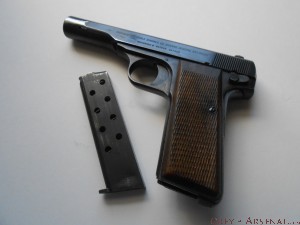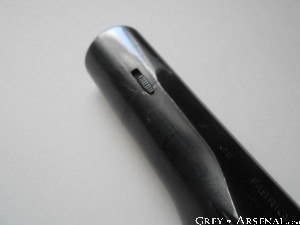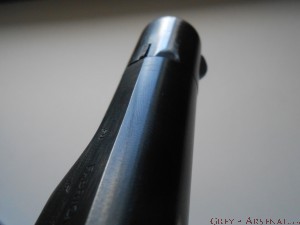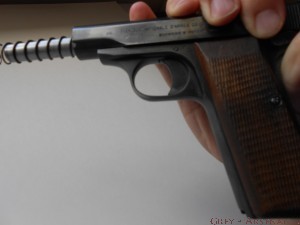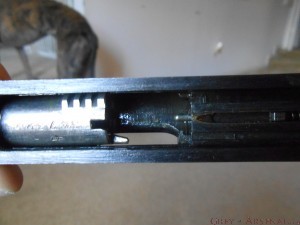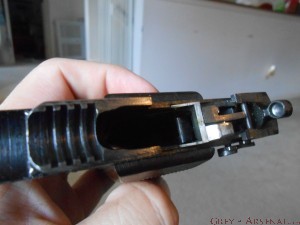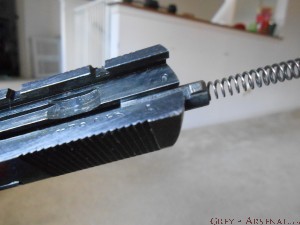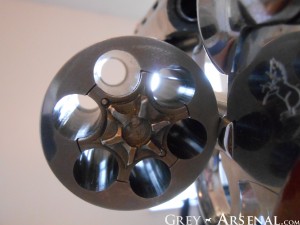 It’s fairly common to shoot .38 Spl from a .357 Magnum revolver for practice or competitive shooting events, as it’s cheaper, and has significantly less recoil, without much difference in accuracy (despite the “jump” it has to make). This leads to an often brought up topic of fouling making it difficult to load .357 Magnum cartridges after prolonged bouts of shooting .38 Spl.
It’s fairly common to shoot .38 Spl from a .357 Magnum revolver for practice or competitive shooting events, as it’s cheaper, and has significantly less recoil, without much difference in accuracy (despite the “jump” it has to make). This leads to an often brought up topic of fouling making it difficult to load .357 Magnum cartridges after prolonged bouts of shooting .38 Spl.
The problem comes from the fact that the .357 Magnum cartridge is a bit longer (and miniscule bit wider) than a .38 Spl cartridge.
This means the .38 Spl bullet has to jump a bit through the cylinder chamber to get to the forcing cone and into the bore. This means there will be fouling at a lower point in the cylinder, and that build up and burn in over time (sometimes even after a hundred or so rounds during one session) and make loading of .357 Magnum cartridges difficult to impossible. See the image below to see a ring of where this buildup was removed from the chambers.
What you end up with is a .357 Magnum Revolver that doesn’t seem to want to accept .357 Magnum cartridges. Not cool.
Luckily, it’s not permanent. Even if cleaned normally after shooting .38 Spl, you still may need to go a bit further to remove this fouling. You could use a slightly oversized brass brush (for instance, a .40 S&W brush in a .357 Cylinder) soaked in solvent and just have at it for a while. A serious while. It takes A LOT of effort to remove this fouling this way. Luckily for you, I’m going to show you the easy (well, easy-ish, more on that at the end) way.
Things you’ll need:
- Electric Drill (preferably newer than the one pictured)
- Brass brush of required size (in this case a .40 S&W sized one)
- Solvent (Hoppe’s 9 / CLP work well, MC25 doesn’t break up the lead as well)
- Tools for disassembly of your firearm
Naturally this will vary by firearm, but what you’re going to need to do is remove the Cylinder. My sample here is a Colt Python, so here you’ll get a bonus Colt Python Cylinder Removal quick-guide.
- Carefully LOOSEN this screw enough to easily turn by hand:

- Remove by hand while minding that a very tiny spring and plunger sit inside of it. It’s not under pressure, but may fall out and be a PITA to find.

- Use spur to open the cylinder action, and slide forward off of the frame.
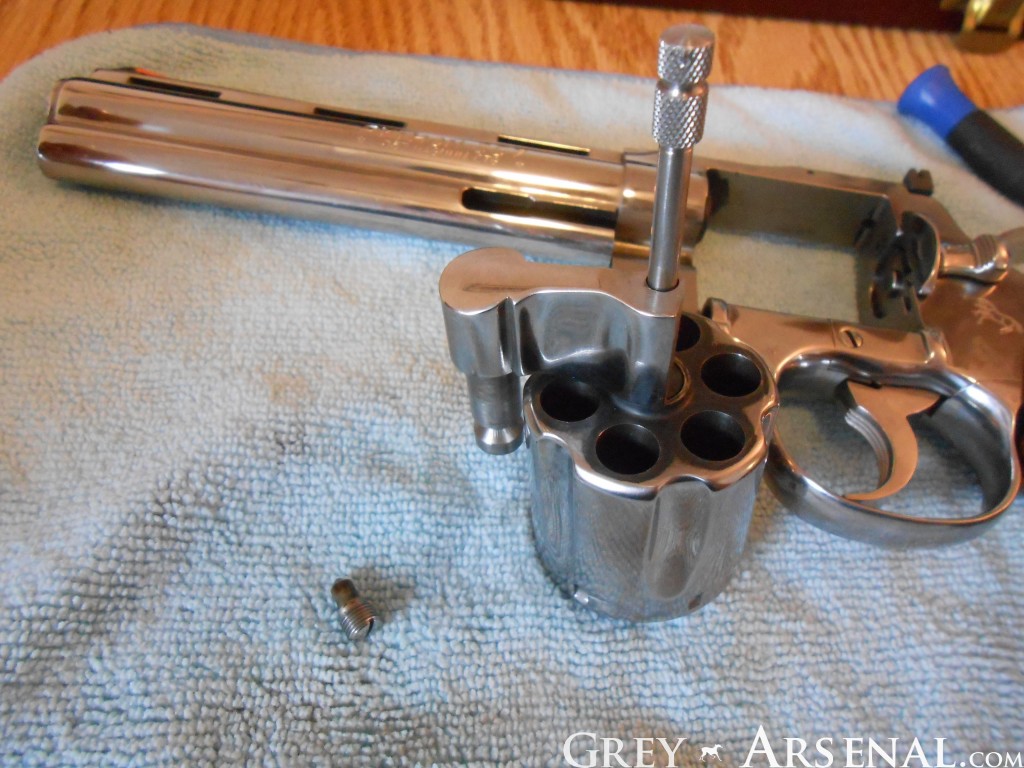
- Unscrew the Extractor Rod and remove, along with the parts that are now freed up by this.
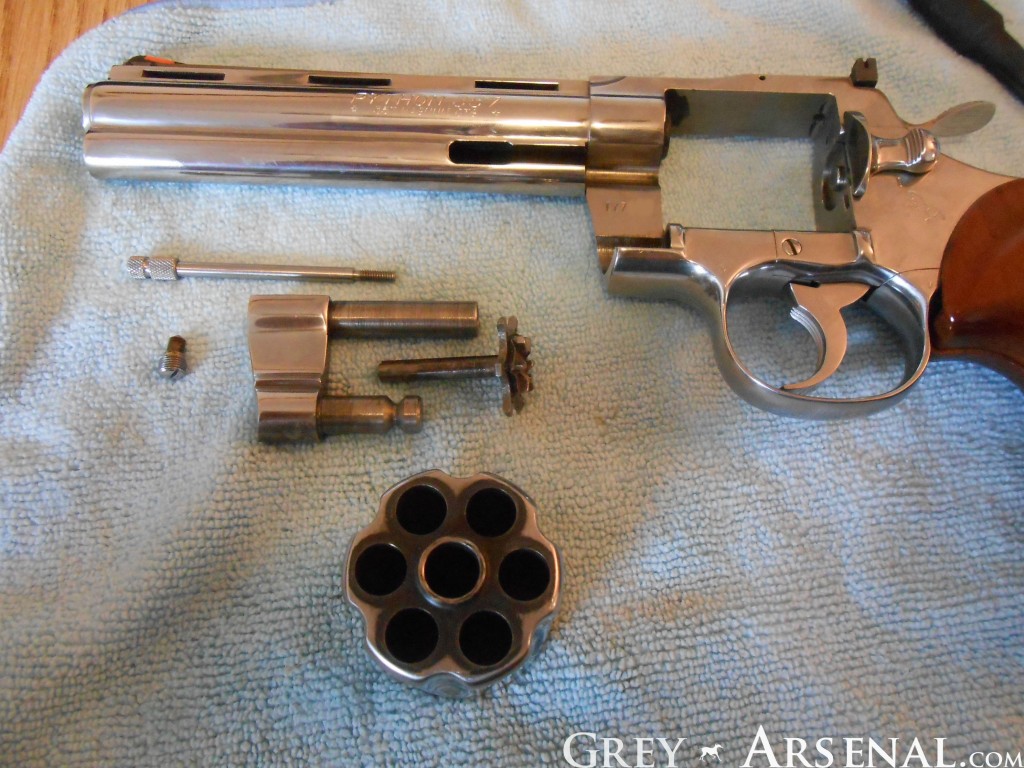
- Complete.
Yes, that cylinder has some serious burn rings on the front as well. This Python may have the appearance of a safe queen, but she gets worked out quite a lot thanks to being such a pleasure to shoot. If there’s interest, I’ll do another quick article on getting THOSE rings off, but the long and short- lead remover cloth, or scotch pads and Hoppe’s 9.
So, what we’re going to do here next is go ahead and chock that brush into your drill.
Soak the brush in the solvent of your choice, and holding your cylinder in one hand and the drill in the other, get that brush in there and let ‘er rip. This may seem harsh, but the brass stands no chance against the steel inside of your chambers, you’re not going to damage it, but you will break up the fouling like a boss. For extra-bad fouling, you may want to tilt the drill a touch in circles to apply extra pressure, but not too much or you’ll bend up your brush too much.
When this is done, you’ll have A LOT of dirty solvent all over that cylinder. Give it a good wipe and normal cleaning. Once that’s done, move to your test area (because I KNOW you didn’t have ammunition near your work space, right?) and let’s see what happens.
Ta-da! Your .357 Magnum is back to being a .357 Magnum.
Now, about the EASIEST way of doing this that doesn’t involve jury-rigged powertools. Just buy this. Brass screen over a rubber piece will get that fouling out in one pass. Also works very well at cleaning bores and getting your forcing cone clean. As a bonus, this is a 9mm size, it works for .38 / .357 / 9mm just like brushes / bore snakes, and one tool for multiple guns is always the way to go.
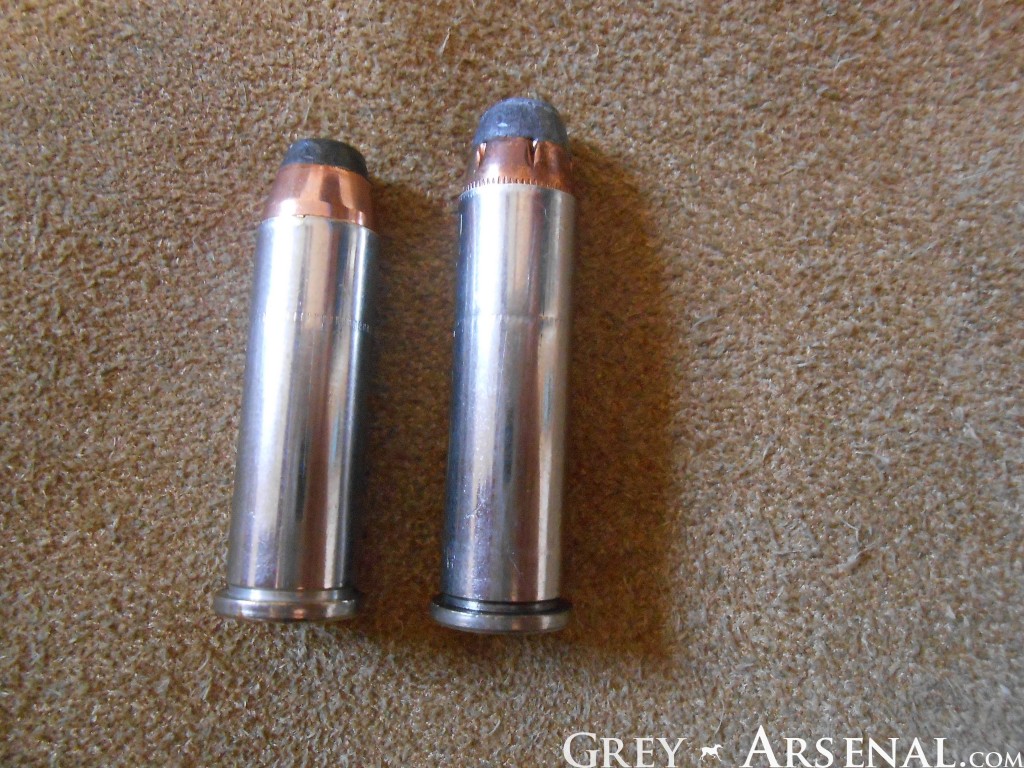
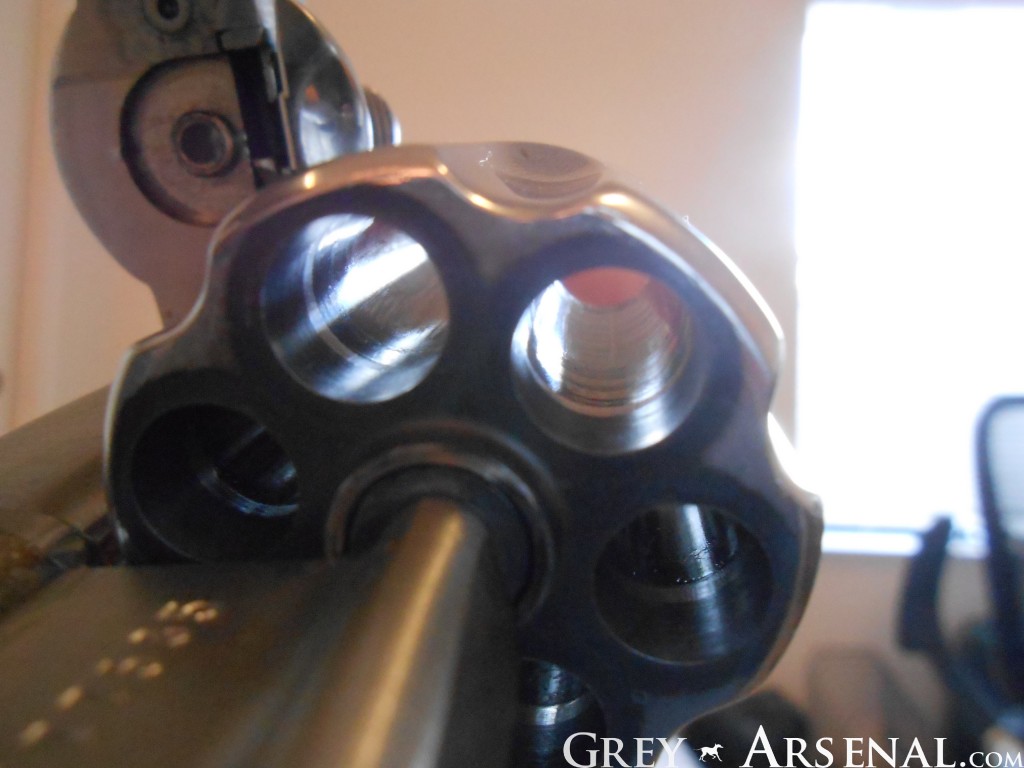


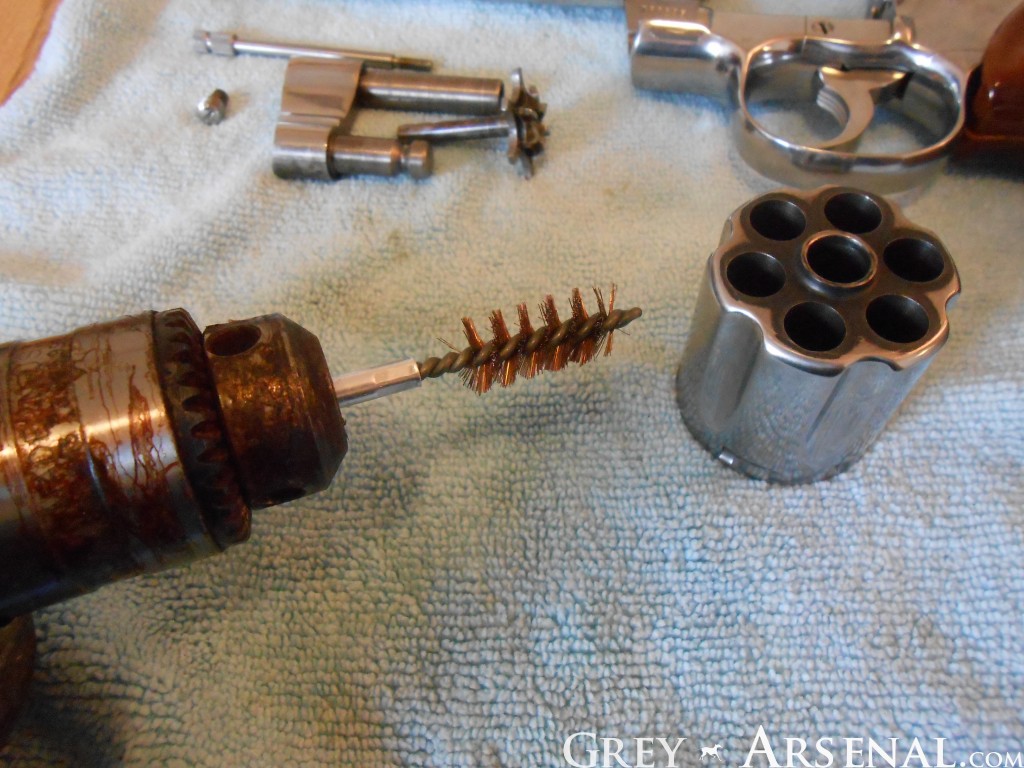




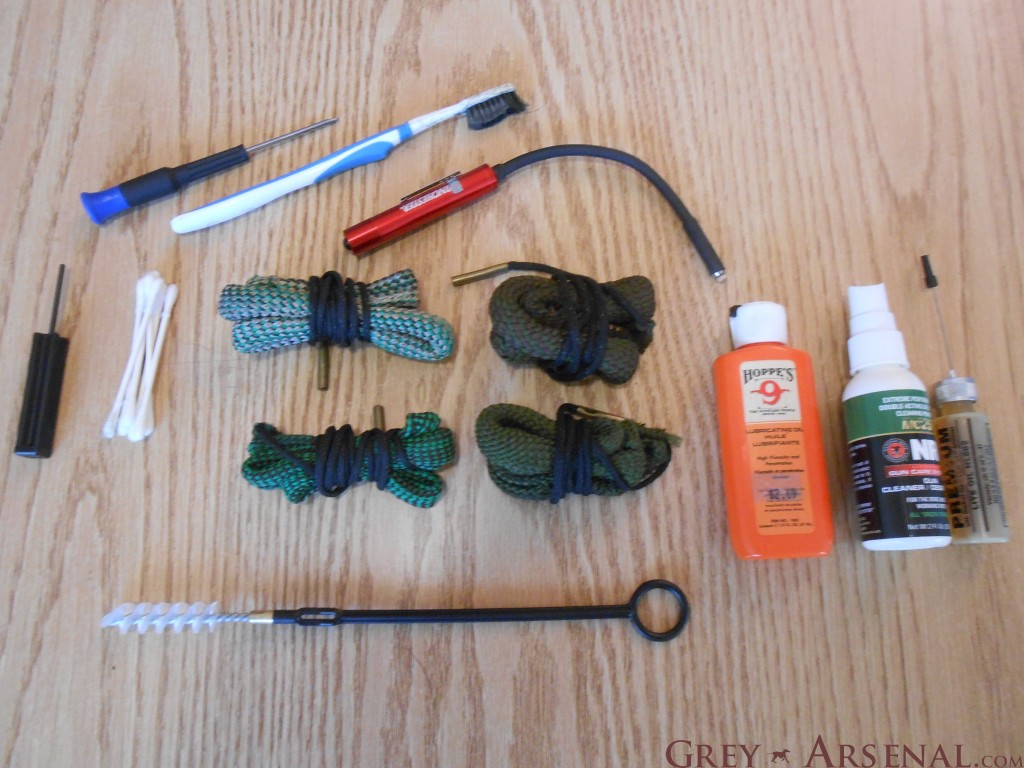
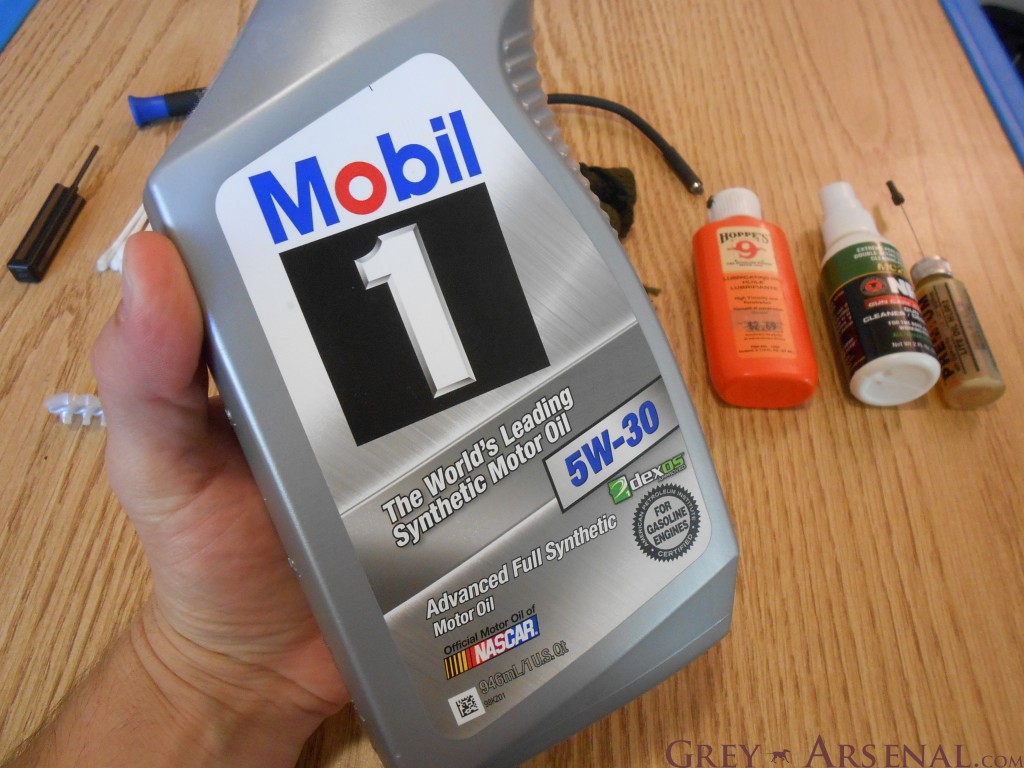

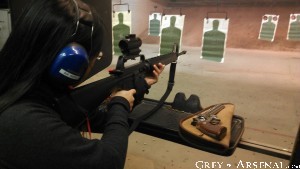
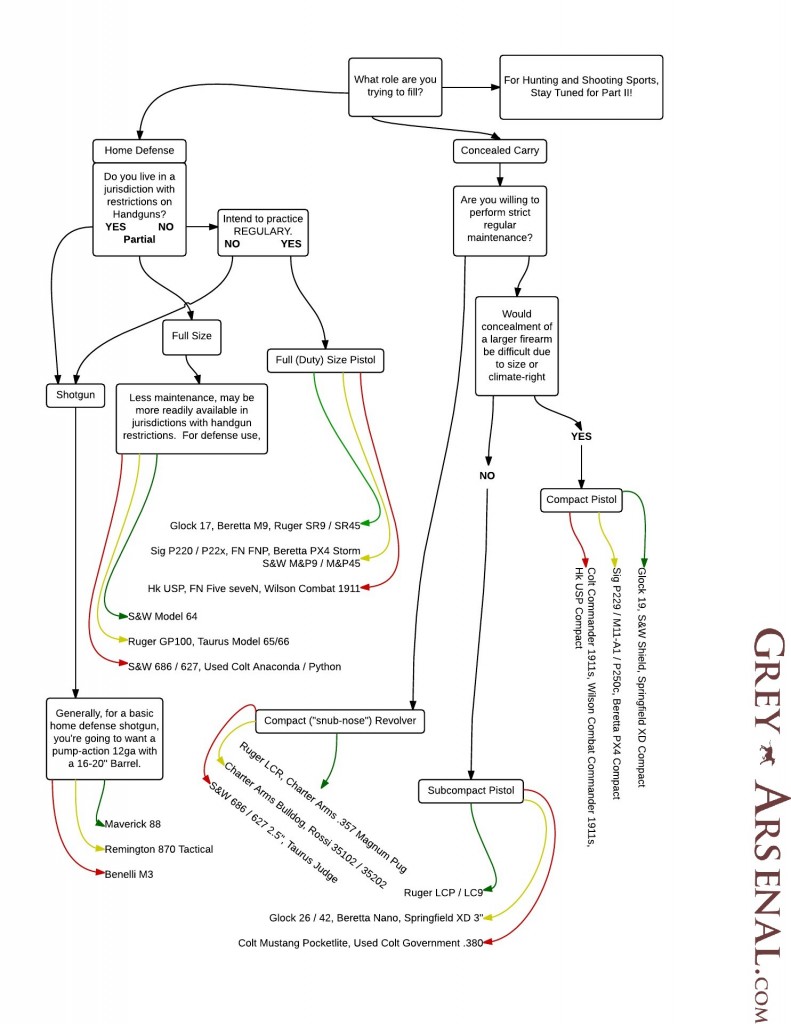

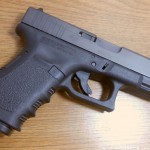



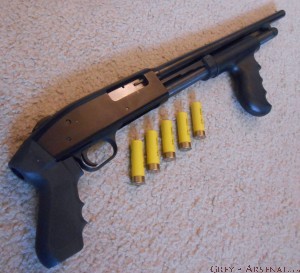


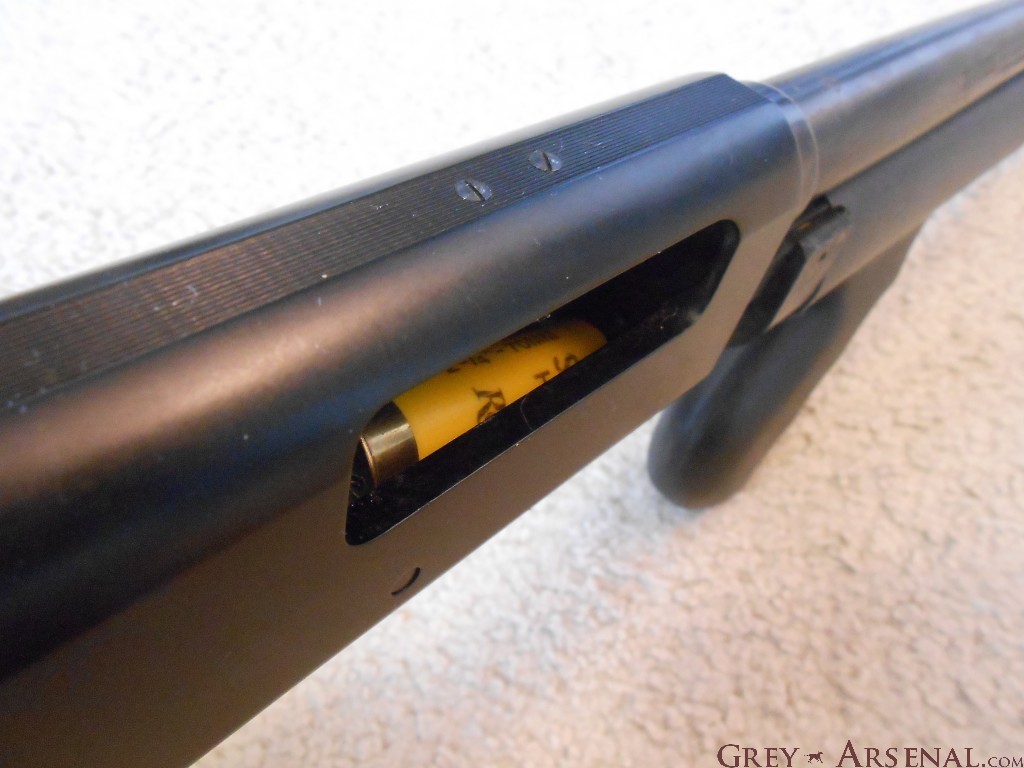

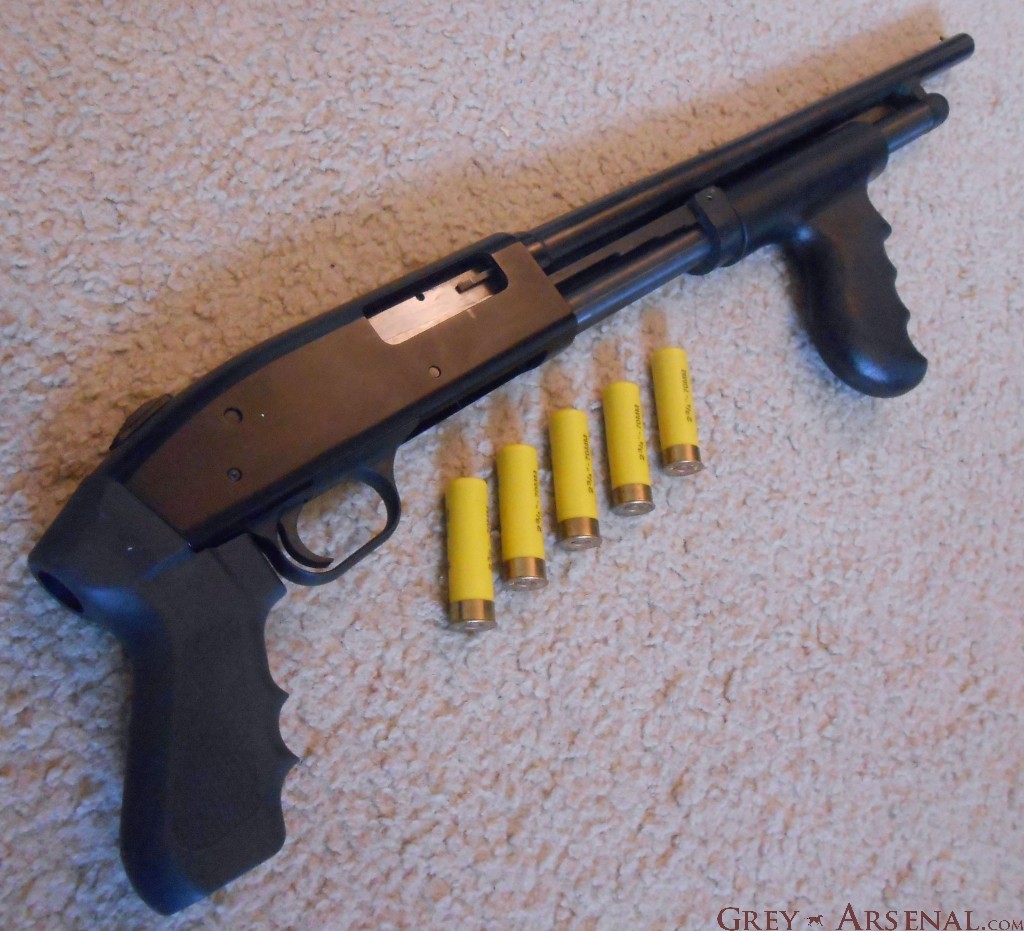


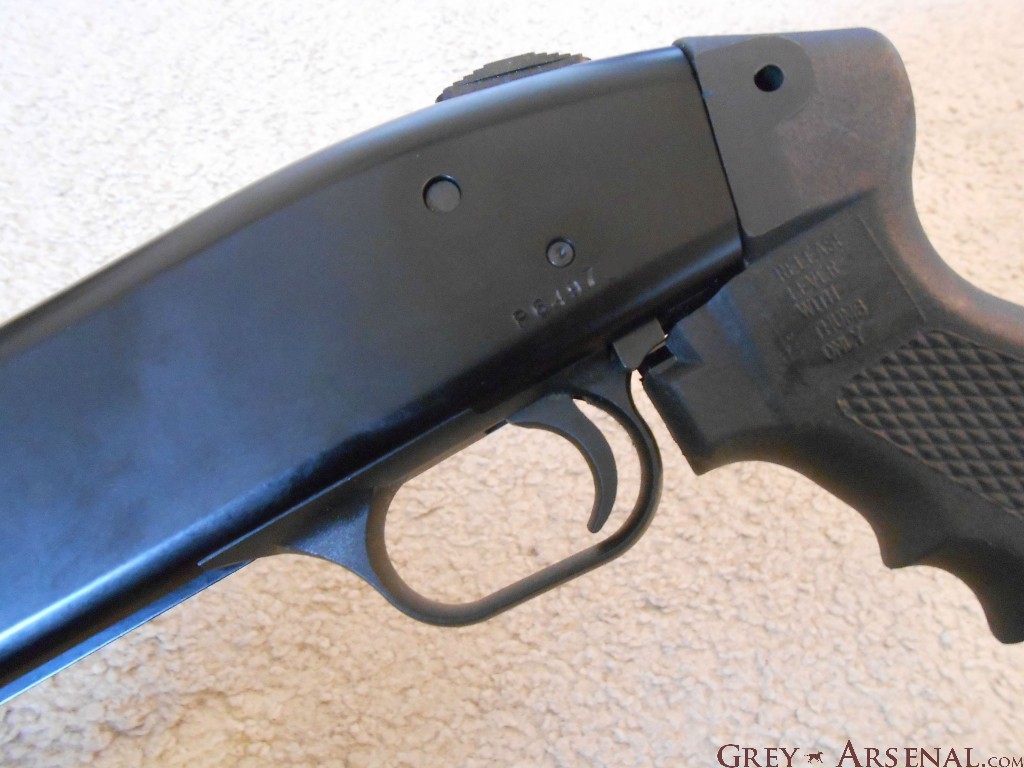


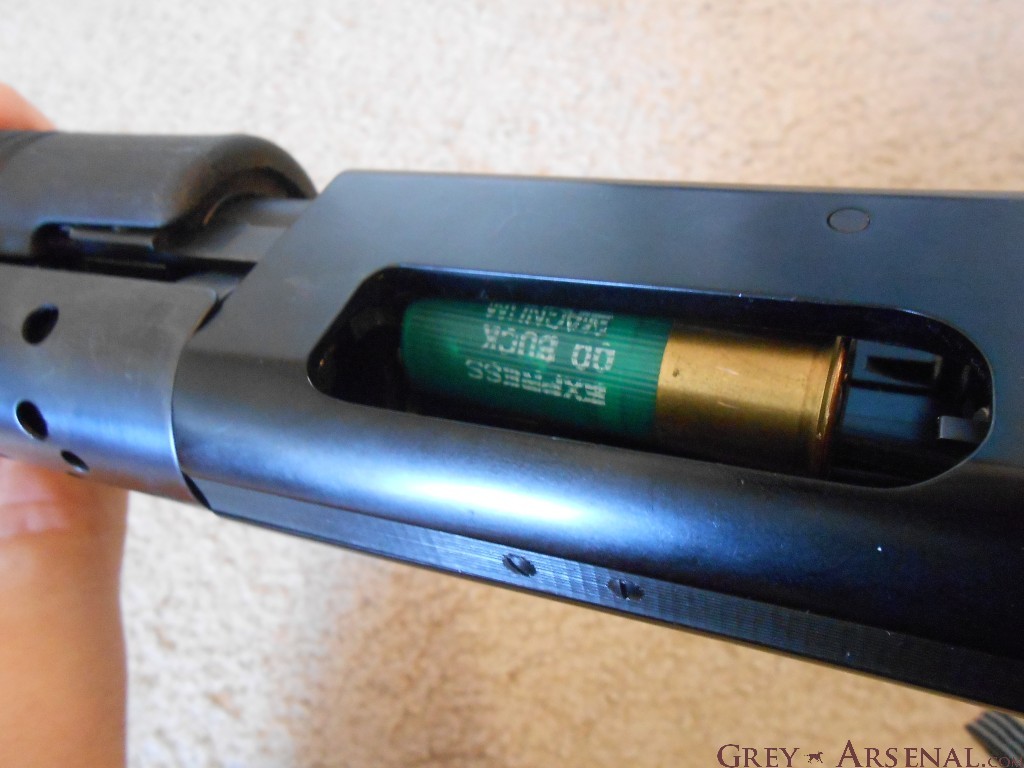
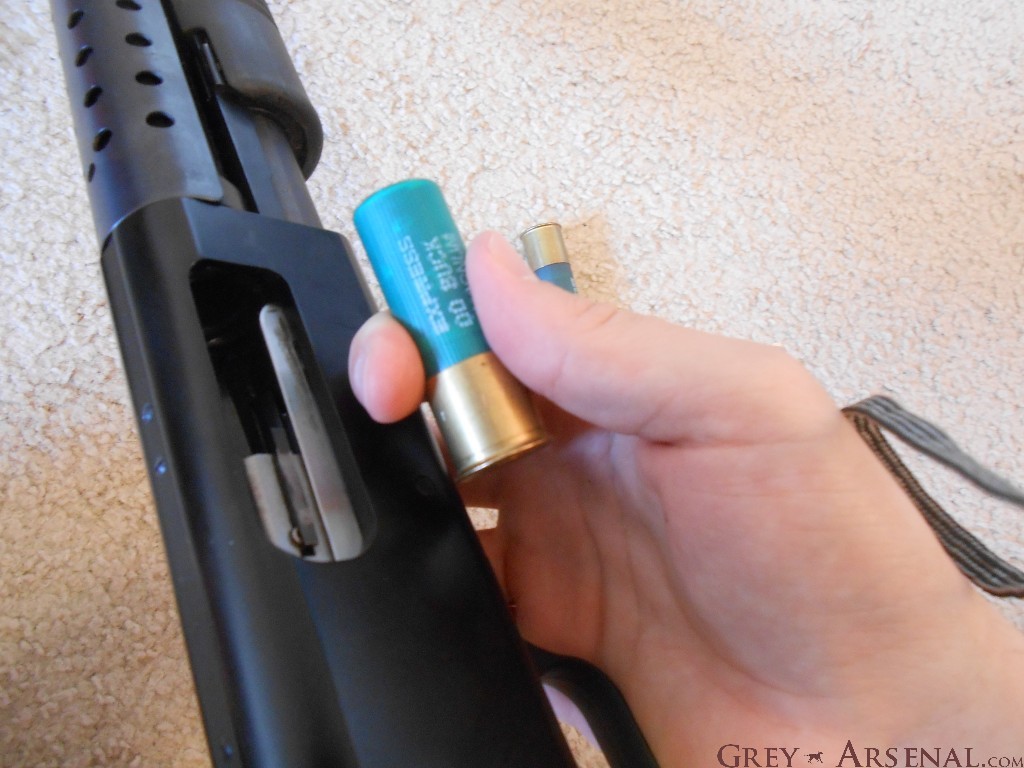



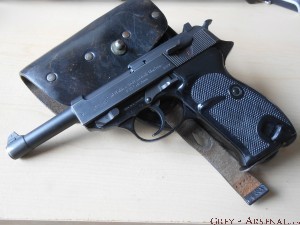
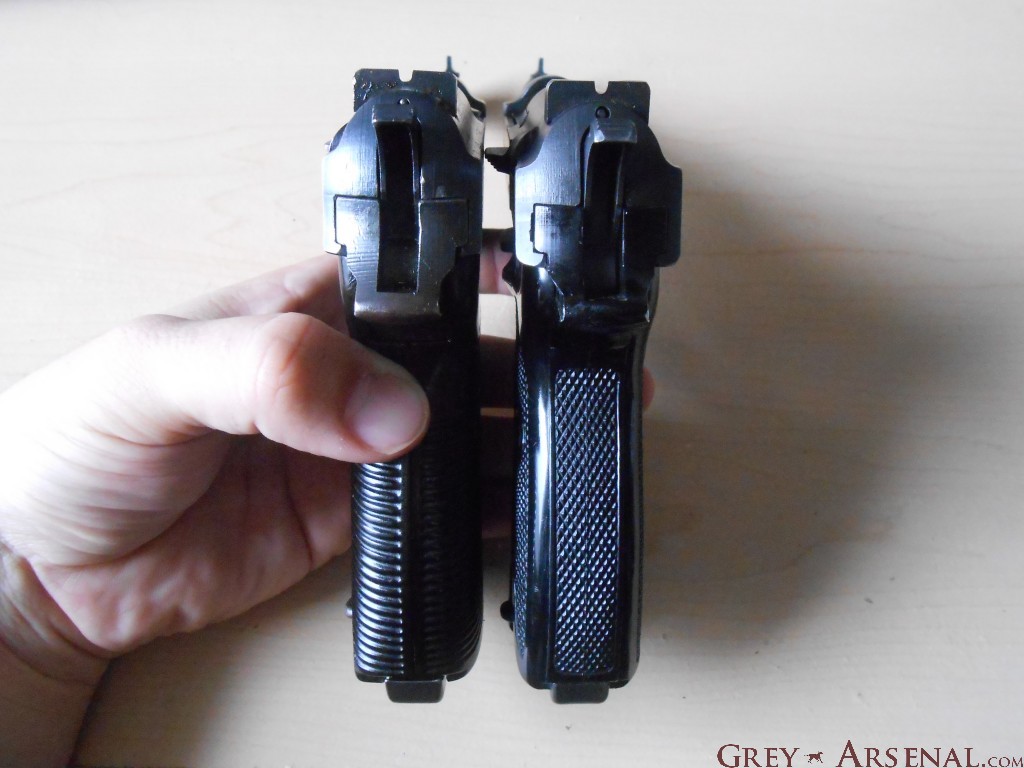




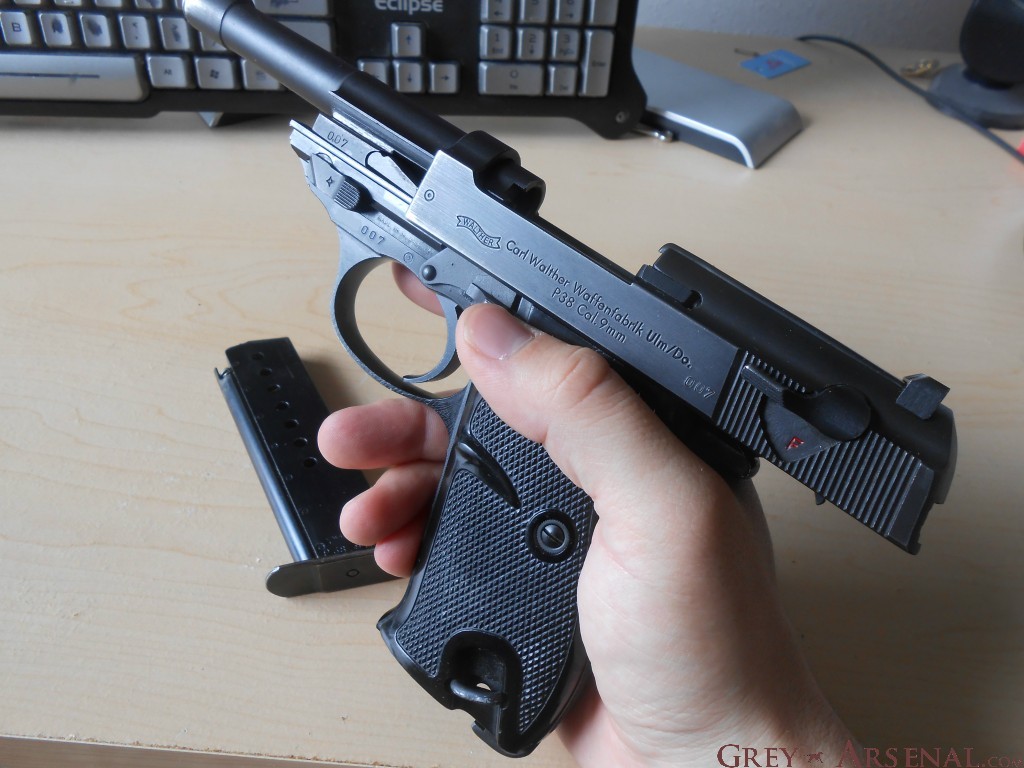
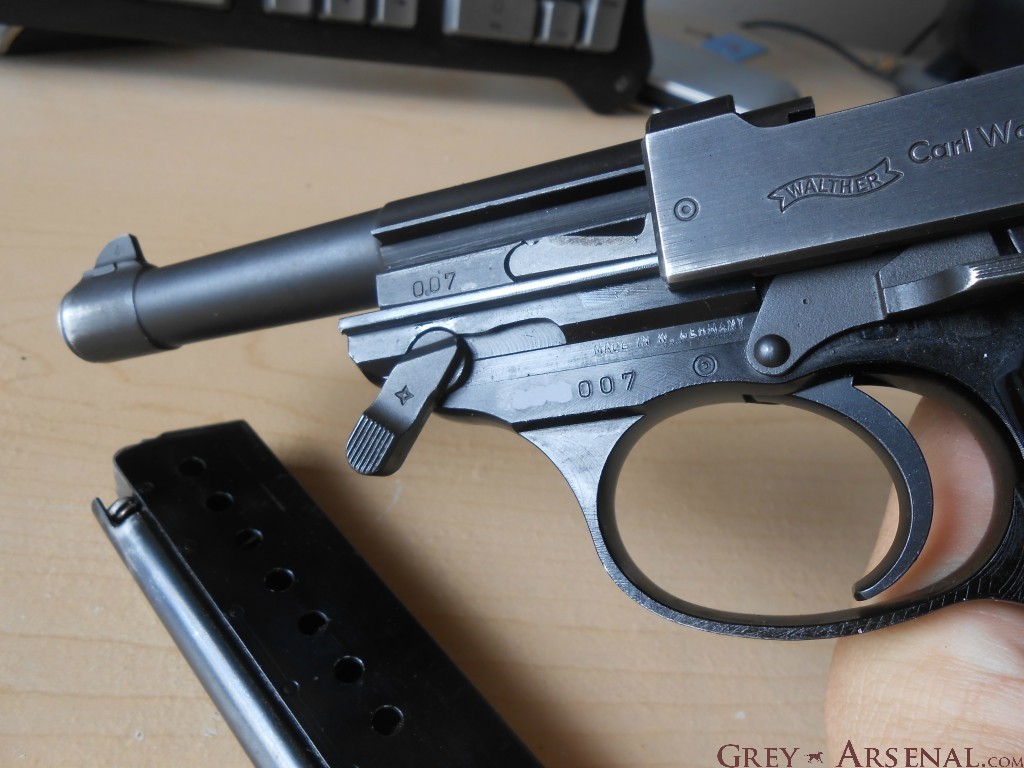

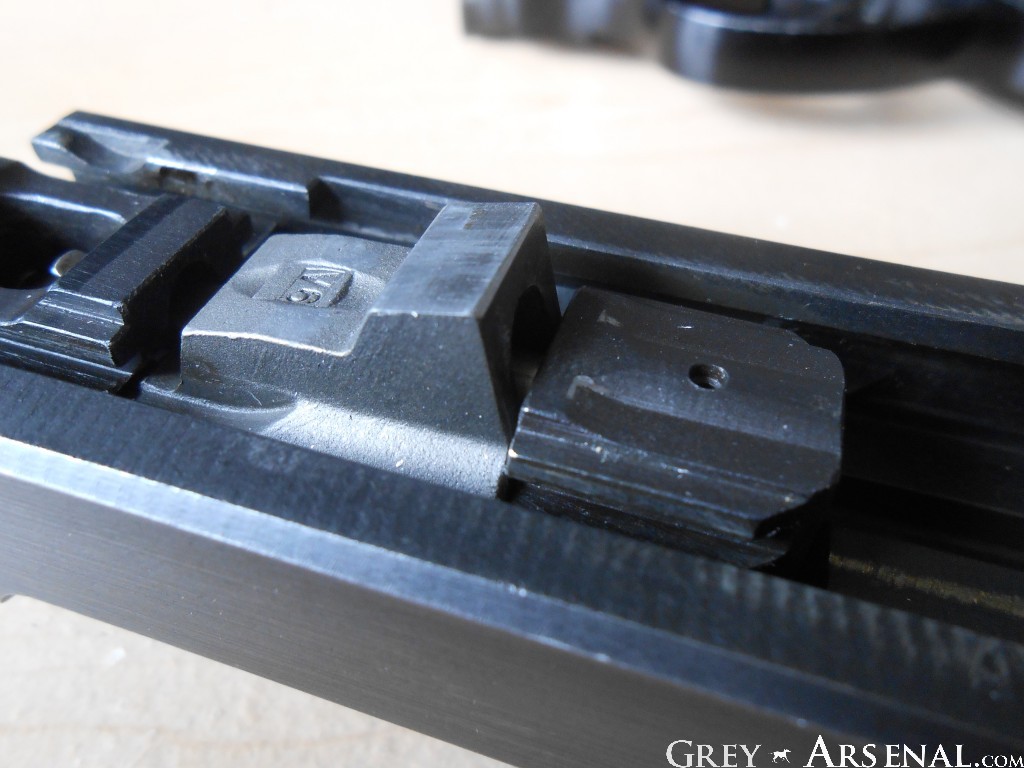
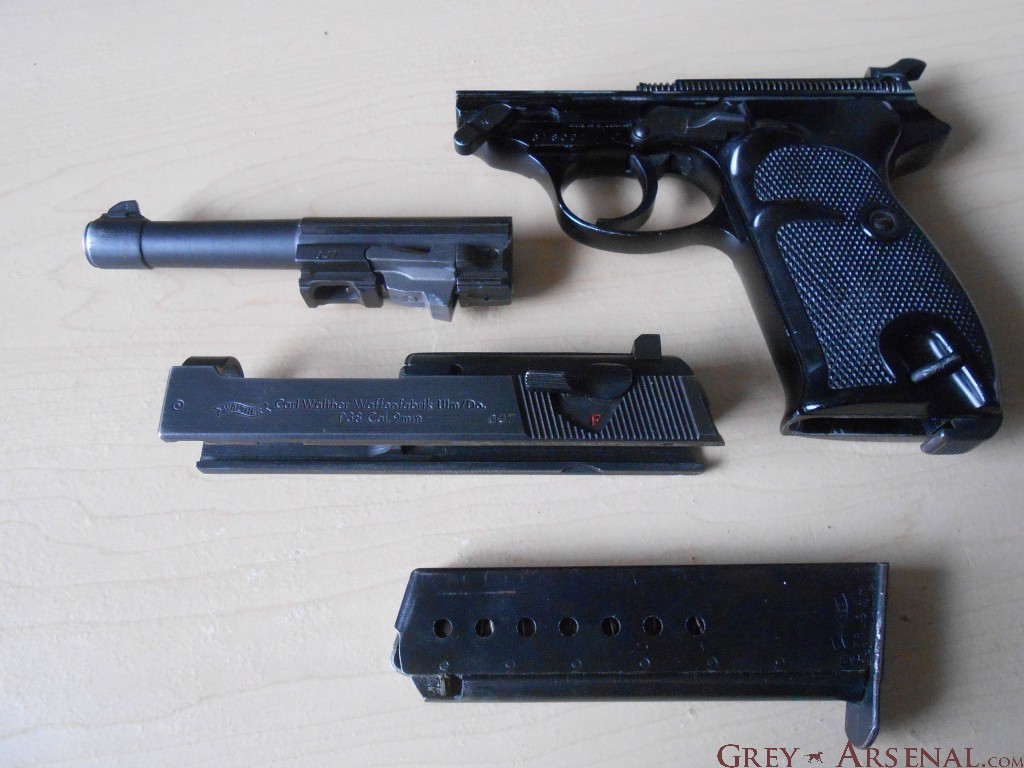

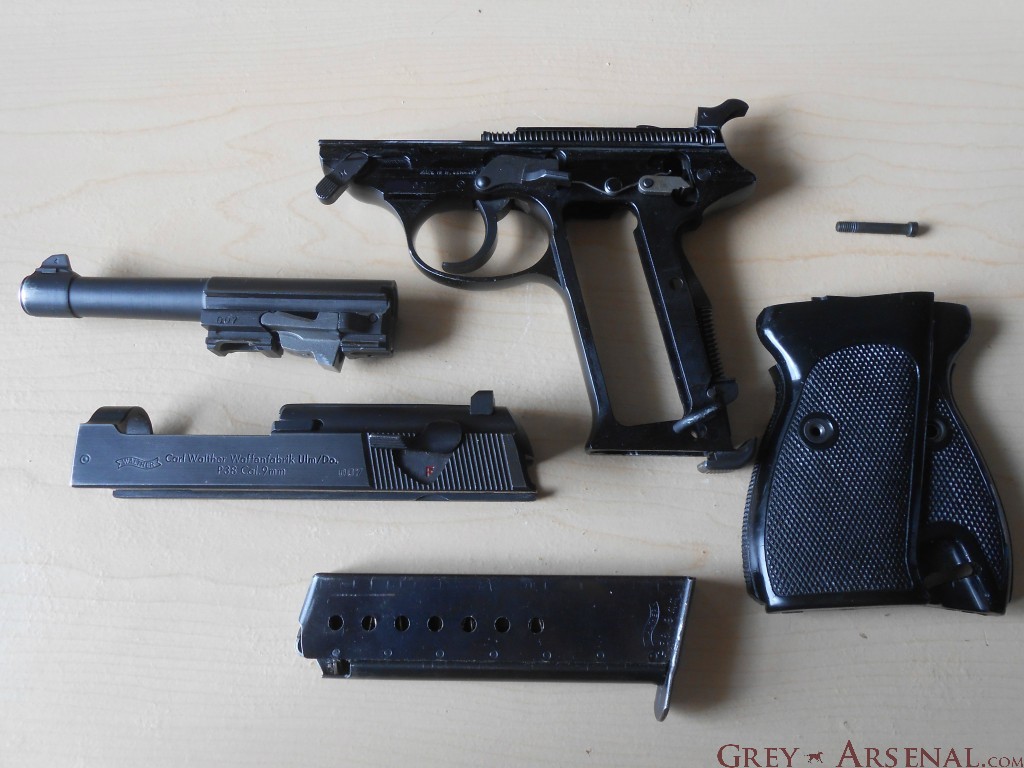


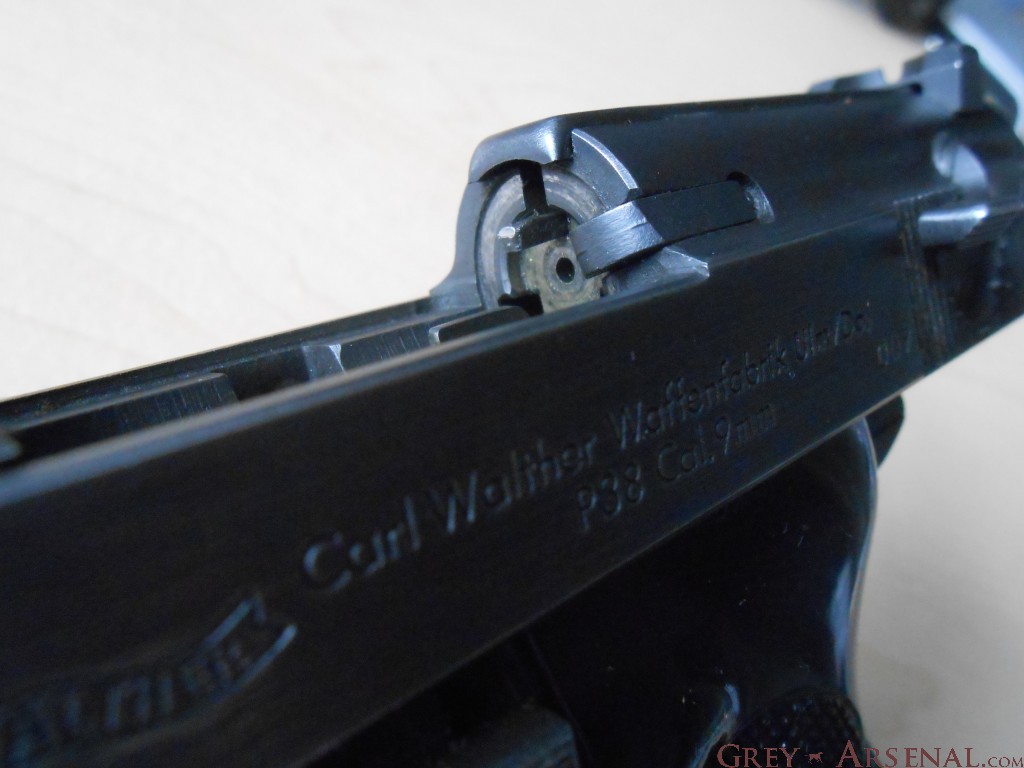
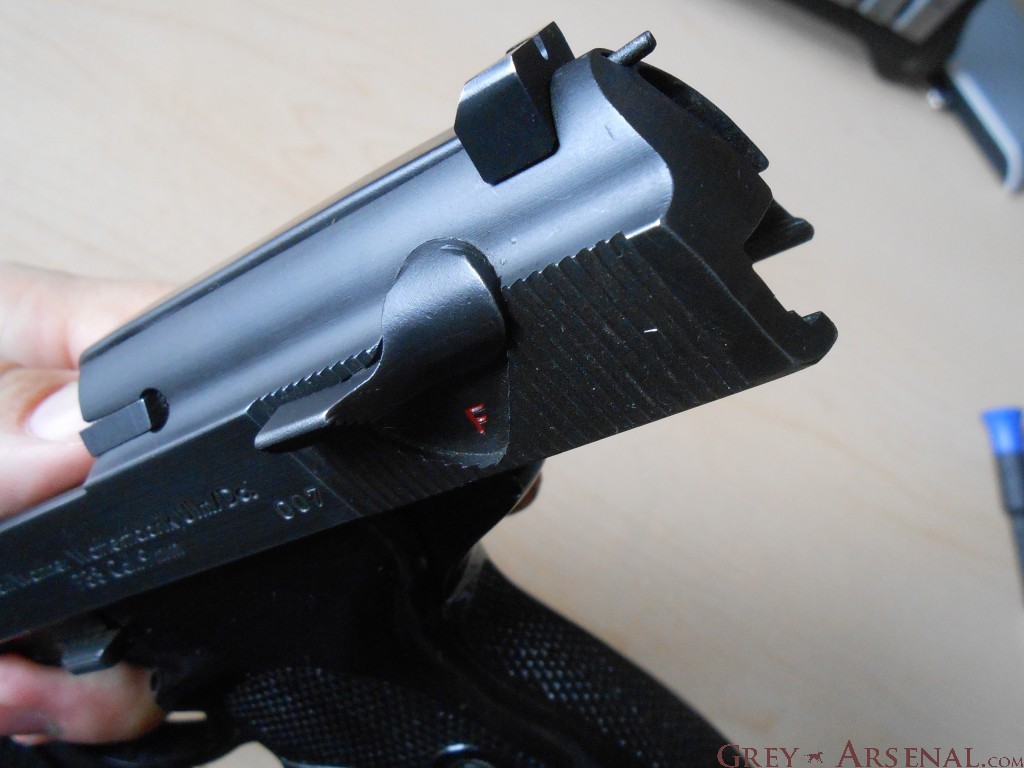



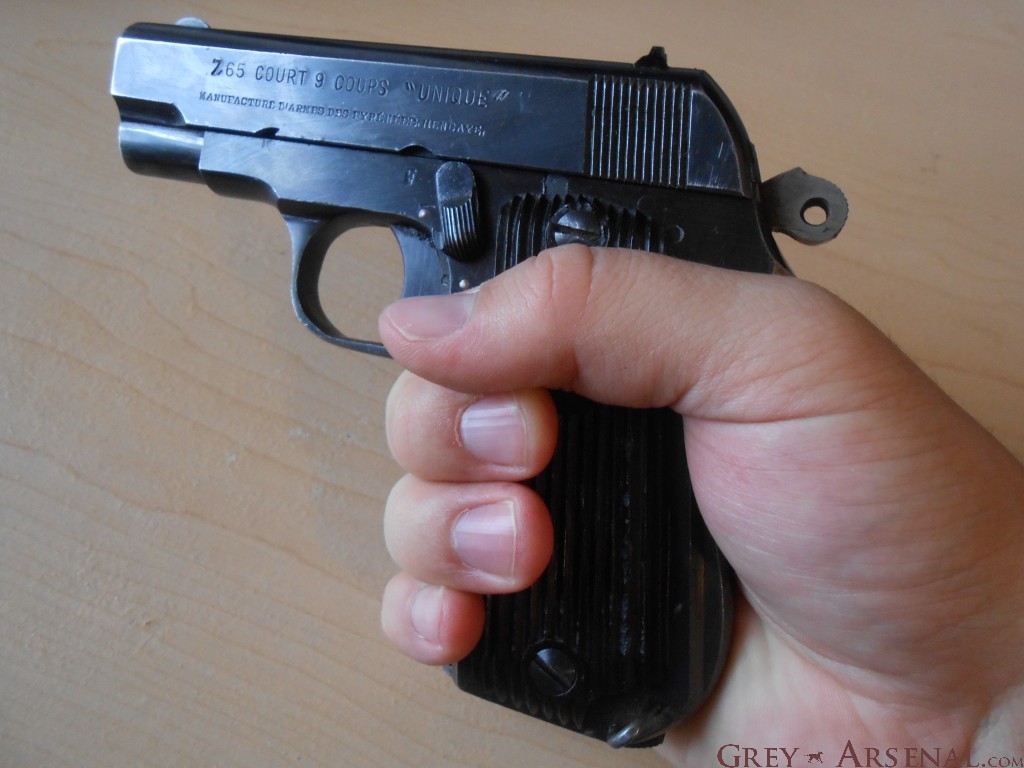
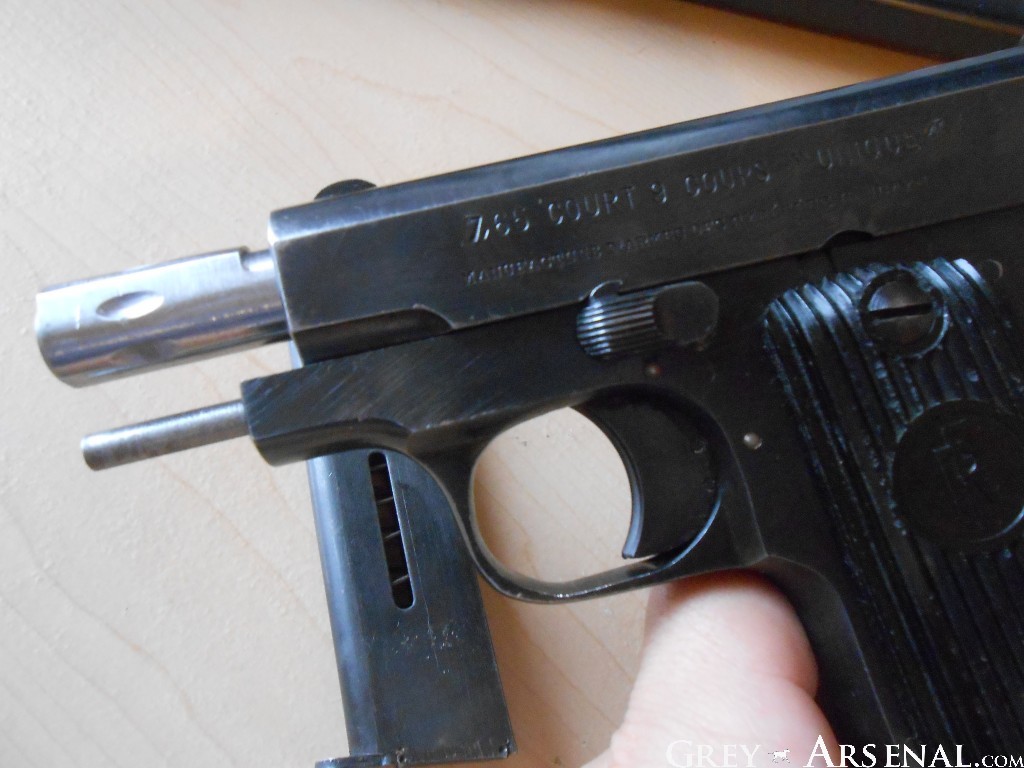
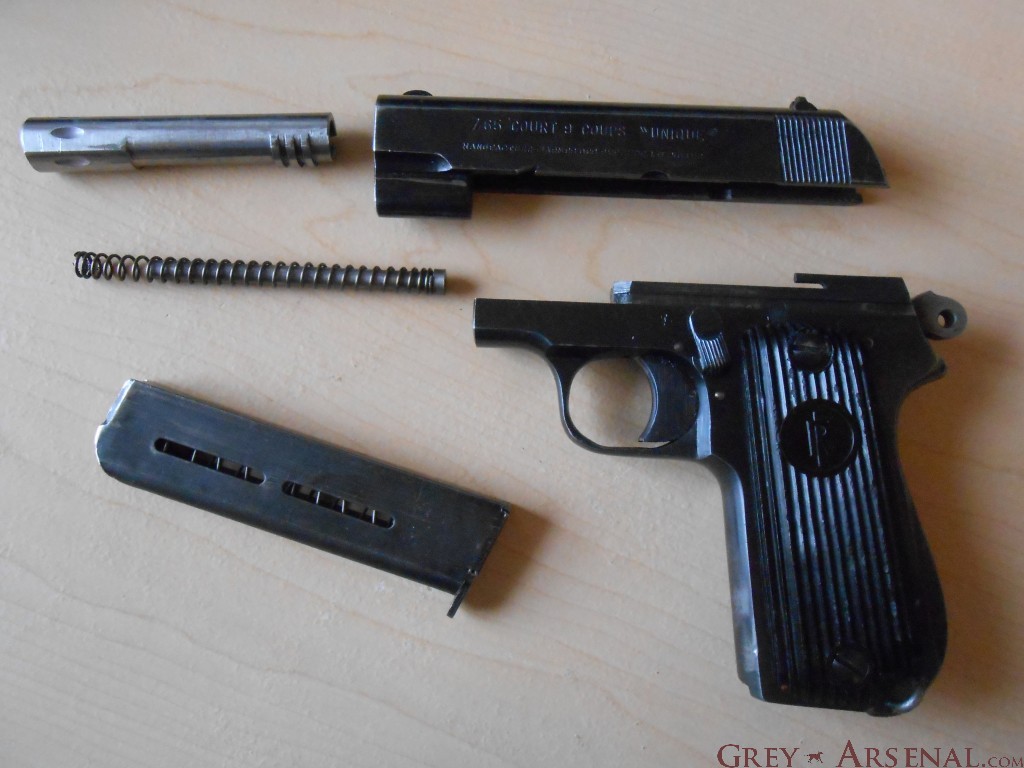
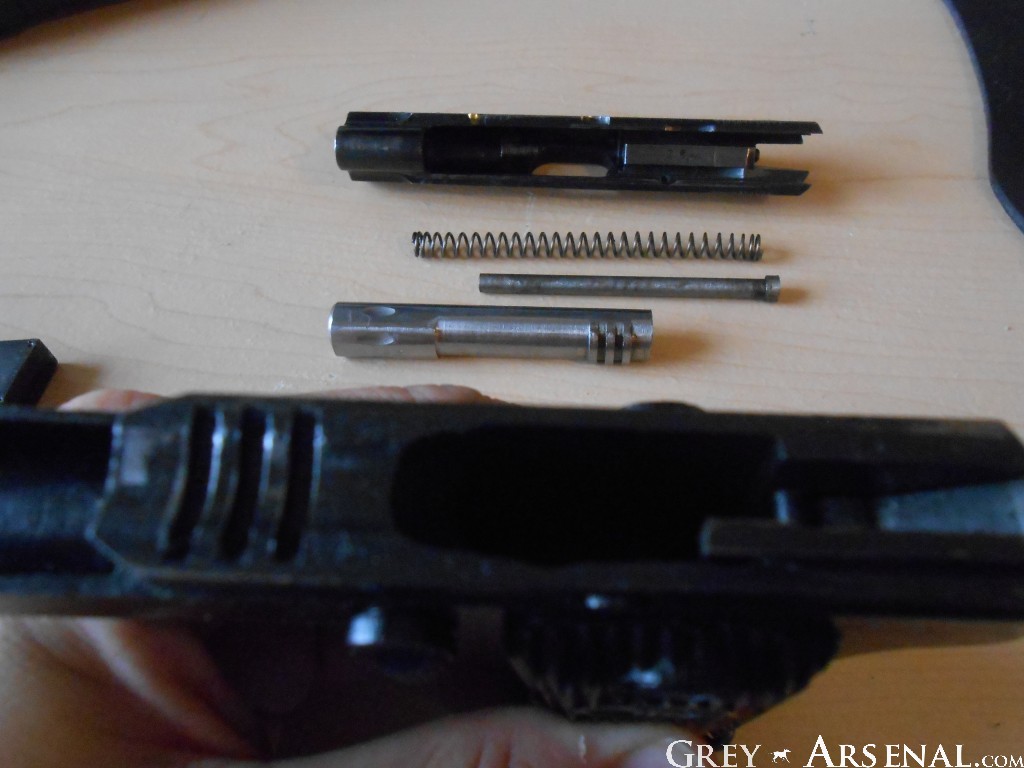

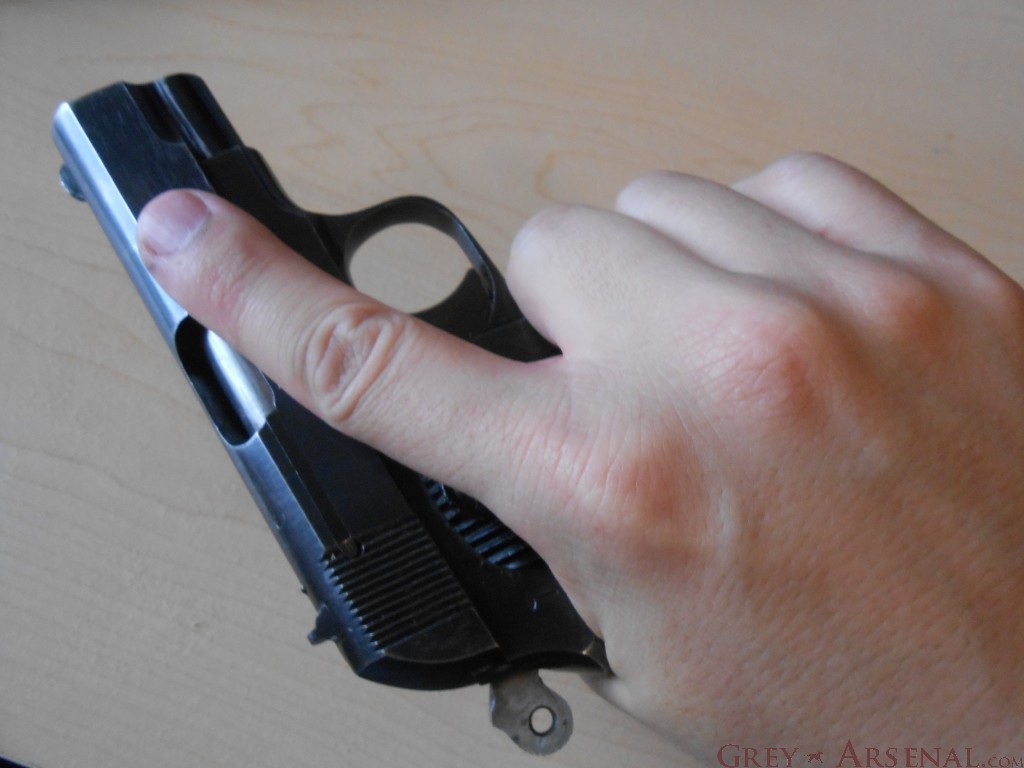




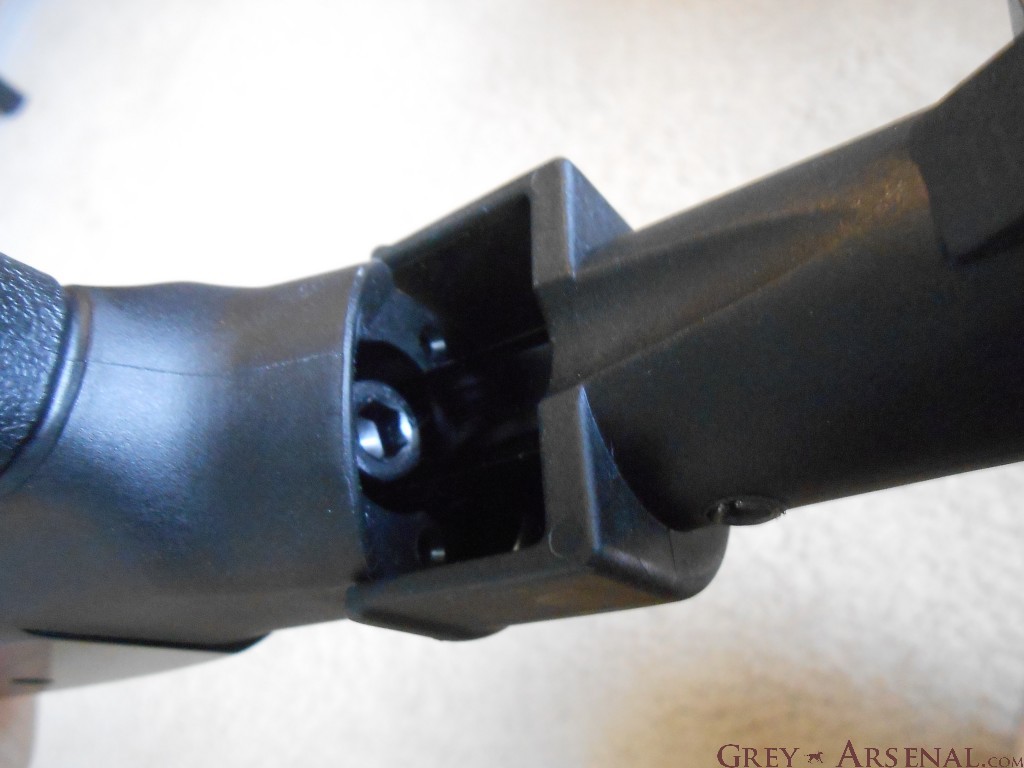
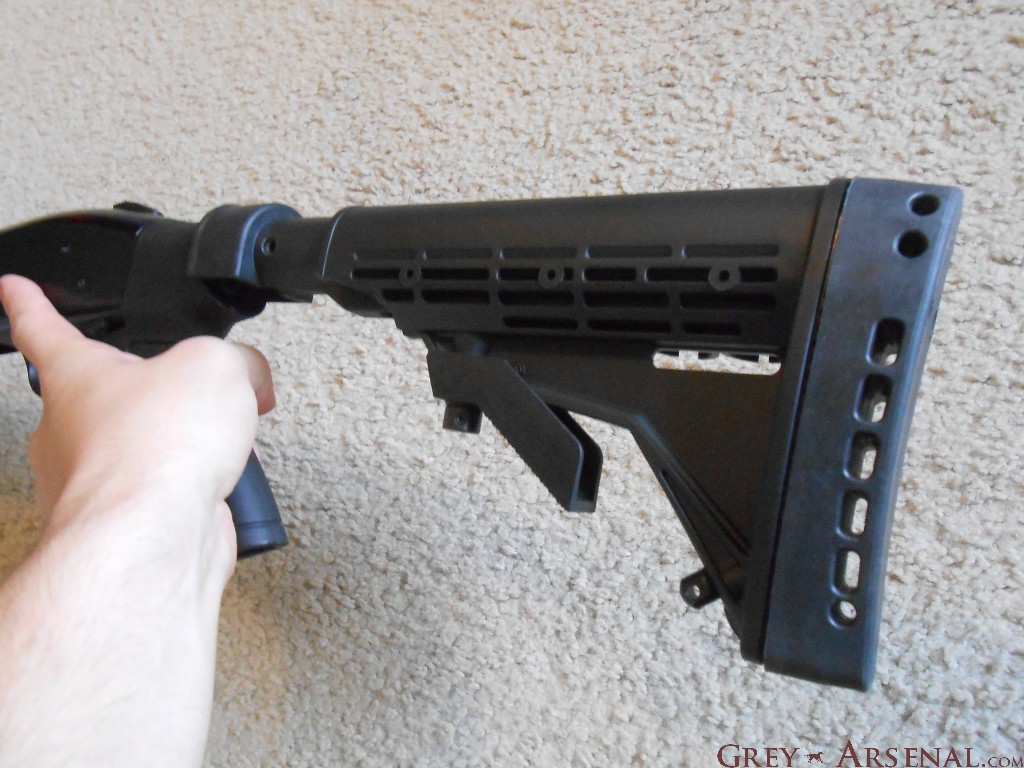
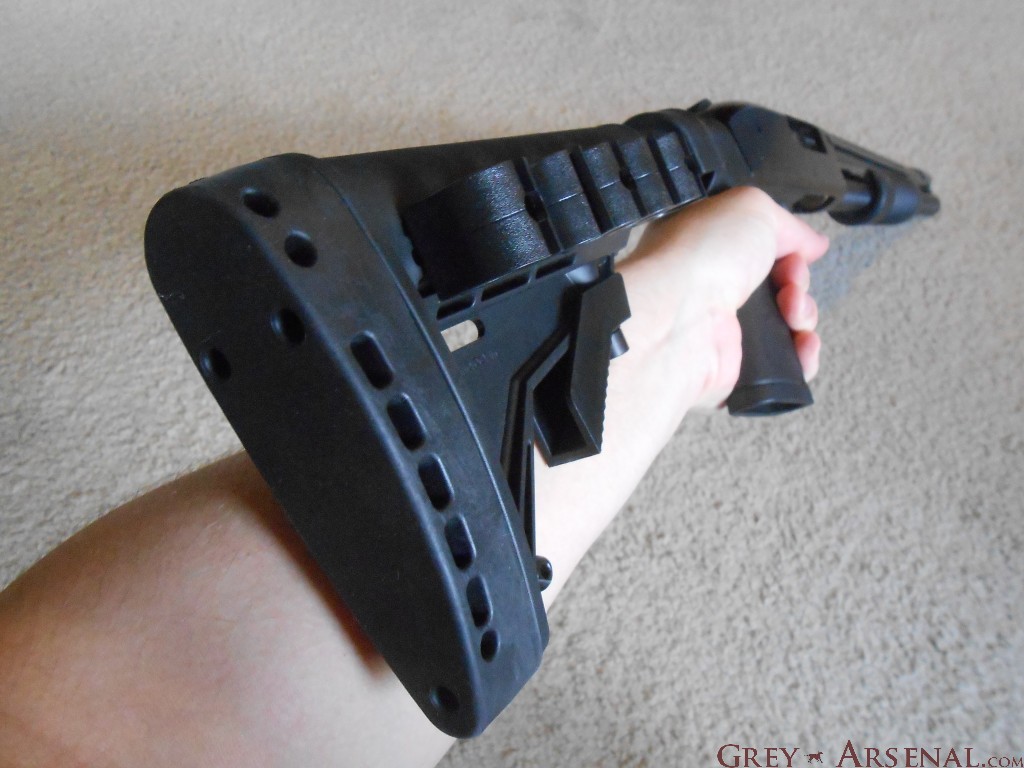
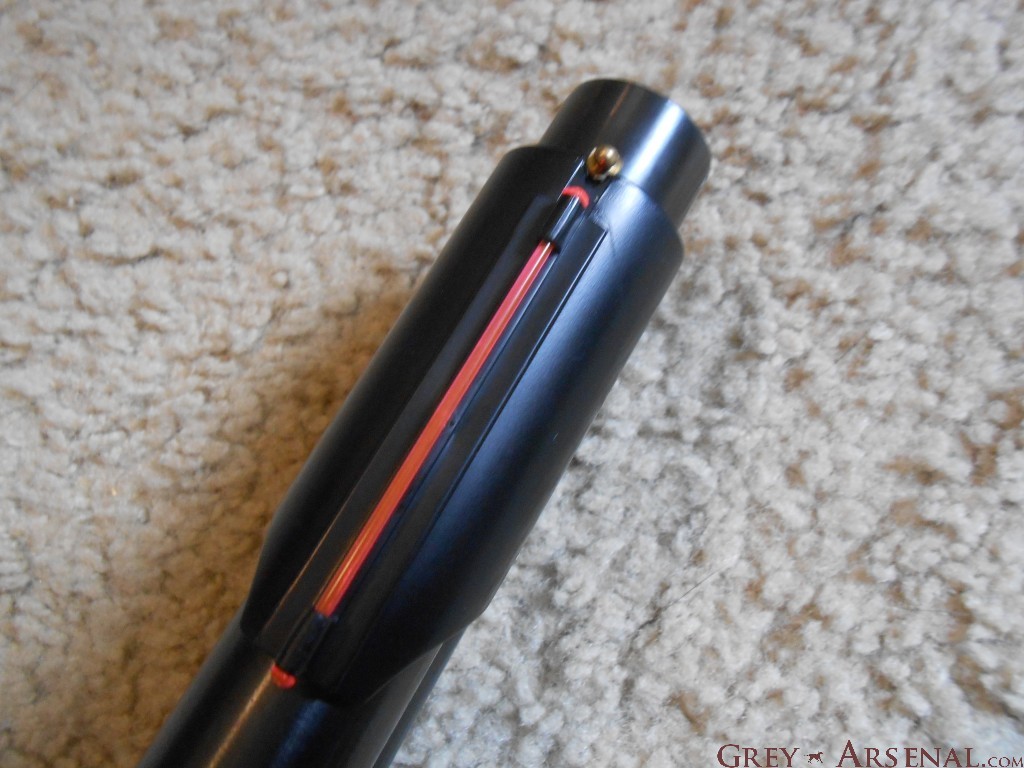
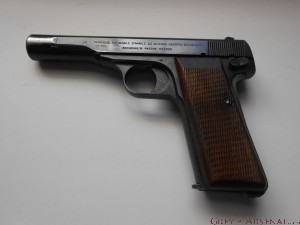

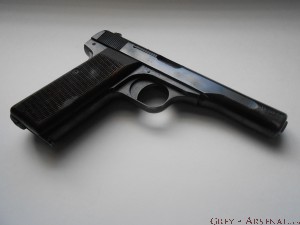 Anyhow, in 1922, some modifications to the design were made, lengthening the barrel, slide, and handgrip, lending to increased accuracy and an additional 2 rounds in magazine capacity. This was done for the purpose of military contracts. Sadly, the military they’re most associated with would be the German army, as they were produced by the Nazis after Belgium was occupied.
Anyhow, in 1922, some modifications to the design were made, lengthening the barrel, slide, and handgrip, lending to increased accuracy and an additional 2 rounds in magazine capacity. This was done for the purpose of military contracts. Sadly, the military they’re most associated with would be the German army, as they were produced by the Nazis after Belgium was occupied.